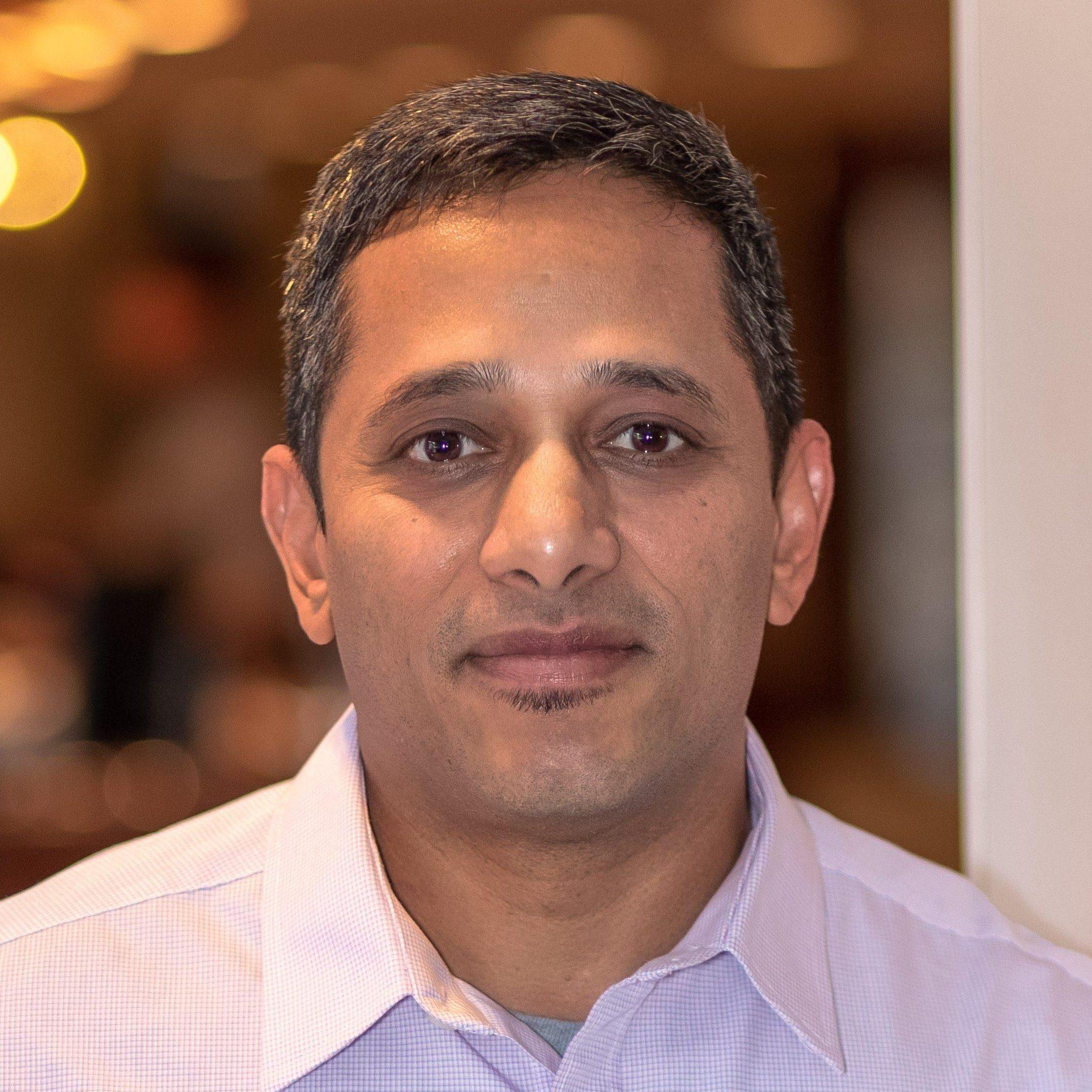For me, the most exciting part of six different organizations coming together as Emburse is the opportunity to work with people with such diverse backgrounds. This doesn’t just mean in terms of their cultural heritage, but also their vast range of experience, be it different skill sets, employment backgrounds or software expertise.

Unlike when many organizations come together through a merger or acquisition, what was particularly intriguing to see with Emburse was that our teams were all independently working on solutions tackling similar areas of expense and AP technology. As such, they all had slightly different viewpoints and approaches to solving the same broad challenges, each of which had various unique benefits.
Bringing these groups under the same umbrella has given Emburse a major boost in our ability to innovate, as my colleague Ted Power recently wrote. Instead of having six teams trying to get to the same goal six different ways, we can pool their collective strengths, enabling us to leverage the best parts of different solutions.

In order for Emburse’s expense management and AP automation solutions to remain industry leaders, continual improvement of our technology processes and development of new features and applications is paramount. That’s why as CTO, I was delighted to kickoff and be a judge at our inaugural Hackathon, a five-day codefest, organized by and participated in by software engineers from across the entire organization.
Teams of 5-8 individuals from across multiple business units were tasked with creating usable software solutions that can benefit the Emburse team and our 4.5 million users around the world. Taking a similar approach to Google’s famous 20% time, it gives our teams the opportunity to step away from their “day jobs” and use their creative skills to focus on new initiatives. While the teams needed to present a business case for how their project can benefit the organization, the projects were limited only by their own imaginations.

This year, over 150 participants took part in our offices in Los Angeles, Montreal and Portland, as well as several remote team members. The teams each spent the first day developing their Hackathon ideas, and then spent the next three days coding and testing their creations, before presenting them to the judges. These initiatives covered a wide range of applications, from enhancing our solutions’ receipt-reading capabilities, to security, and further improving our mobile capabilities. Our teams also looked at our internal processes - from marketing to HR - developing solutions that can humanize work within Emburse, by improving collaboration and automating processes to increase efficiency.

By combining engineers from multiple business units in each group, the hackathon enables our team members to learn new approaches, and be exposed to unique talents, ideas and processes that they may not encounter as part of their daily role. It fosters a collaborative approach, brings our teams closer by putting faces to names that they may have previously only read, and most importantly it helps us to humanize work across Emburse by strengthening bonds between our teams. In addition, when entrants return to their regular jobs, they can bring back new ways of thinking learned from other team members to approach challenges differently, which ultimately helps us innovate more and bring products to market quicker.
While innovation is obviously core to our success at Emburse, our humanize work approach also runs through everything we do, and the hackathon was no exception. The teams in each office organized a toy drive to benefit good causes across the Los Angeles, Montreal and Portland (Maine) regions.
And who knows, maybe some of the solutions that the teams developed could soon make their way into some of our solutions, making our users’ lives a little easier, so that they can spend more time helping their own communities.

